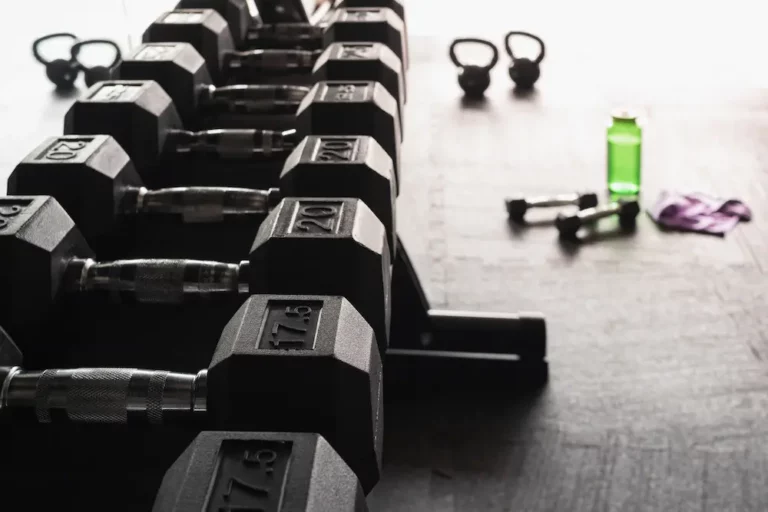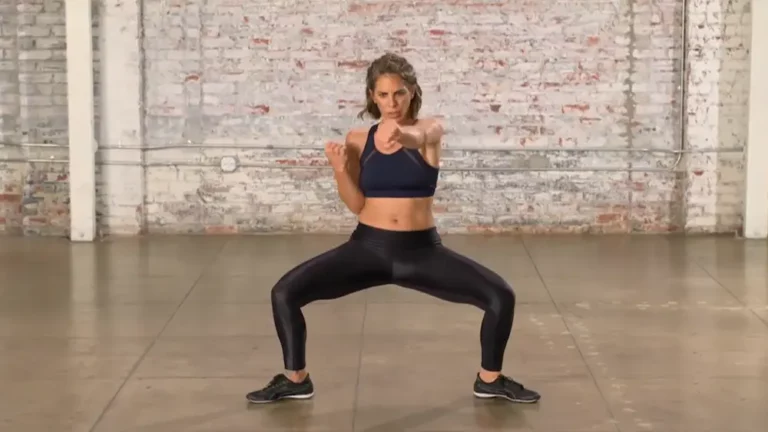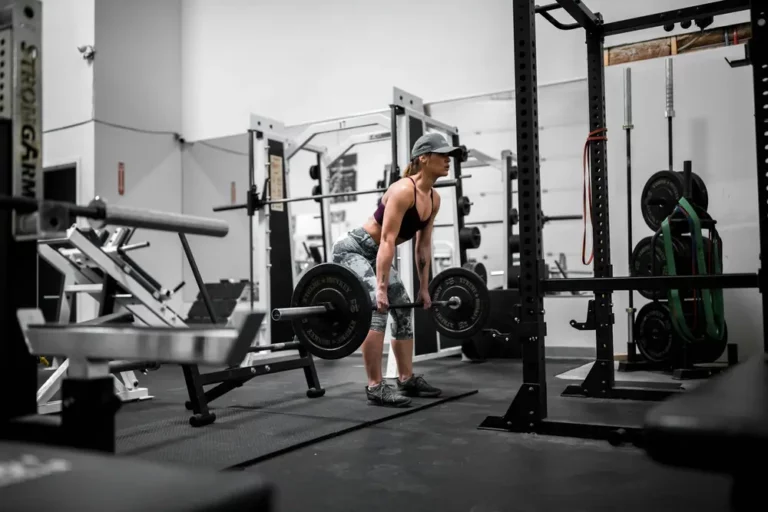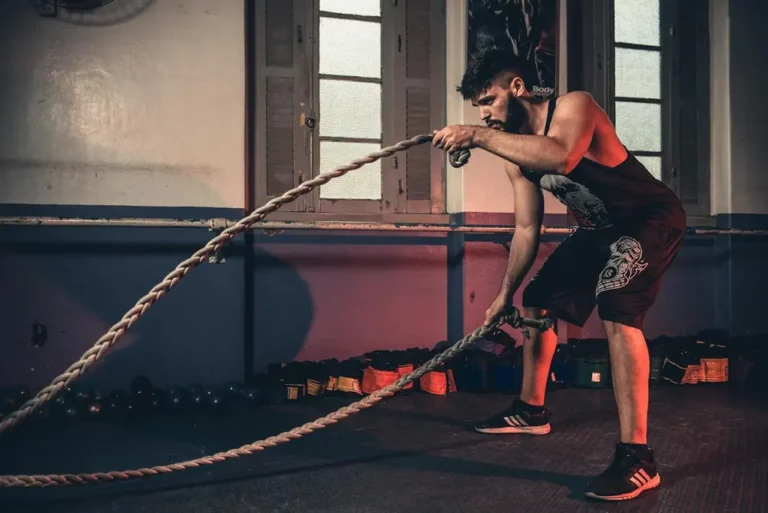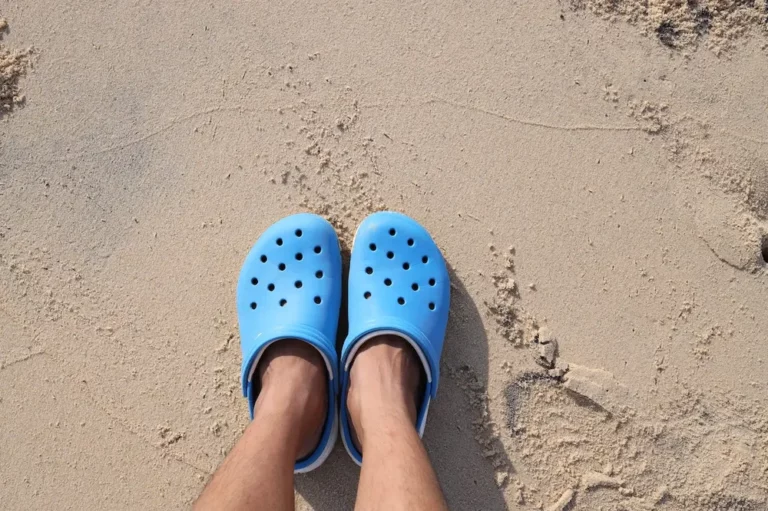Why My Non-Dominant Arm Is Bigger & How to Fix It
Ever noticed something odd when you flex in the mirror? I sure did. My right arm, despite being my dominant hand, is a tad smaller than my left. It’s a peculiar observation, isn’t it? It got me wondering, why is my non-dominant arm bigger?
This question seems to resonate with many, sparking curiosity and sometimes concern. It’s not just a me thing; it’s an us thing. From gym-goers to the casually observant, the mystery of the bigger non-dominant arm is more common than we might think. So, let’s dive into this intriguing anomaly and shed some light on the subject.
Importance of Understanding Arm Asymmetry
When I first noticed my non-dominant arm was larger than my dominant arm, I was puzzled. It seemed counterintuitive. Shouldn’t the arm I use more often be larger due to increased muscle use and development? This observation led me down a rabbit hole of research and personal experimentation to understand the phenomenon better. It turns out, arm size differences, especially between dominant and non-dominant arms, are more common than I initially thought.
Understanding why there might be a size difference between arms is crucial for several reasons. First, it can help us adjust our fitness routines to address and correct these imbalances. For folks focusing on bodybuilding or symmetry in their physique, recognizing the reasons for arm size differences can guide more effective workout strategies. Secondly, it’s essential for injury prevention. In my case, the curiosity stemmed from noticing a potential issue with my left rotator cuff, which made me wonder if the asymmetry was a sign of an underlying problem. Recognizing these differences early on can prompt individuals to seek medical advice or physiotherapy to prevent further injury. Lastly, grappling with this curiosity sheds light on how our bodies react differently to exercise and strain due to several factors, including genetics, lifestyle choices, and potentially unnoticed habits. Understanding the nuances of arm asymmetry doesn’t just satisfy our curiosity but also equips us with the knowledge to make informed decisions about our health and fitness routines.
Biological Factors Influencing Arm Size
Role of Blood Flow in Arm Size
In my journey to unravel the mystery behind arm size disparity, I’ve stumbled upon a compelling factor: blood flow. It’s fascinating how the circulation of blood can play a significant role in determining the size of our arms. The dominant arm, often being more active, naturally receives a consistent flow of blood, nourishing the muscles with oxygen and essential nutrients. This process supports muscle repair and growth, especially after strenuous activity. On the flip side, my non-dominant arm might not receive as much attention from my cardiovascular system, leading to slight differences in muscle mass compared to its counterpart. This insight led me to appreciate the complexity of our bodies, where even blood distribution can influence our physical form.
Genetic and Physiological Contributions
Diving deeper, the rabbit hole of arm size disparities brought me face-to-face with the undeniable impact of genetic and physiological factors. It turns out, our DNA could be scripting this asymmetry. Some of us might be genetically predisposed to have one arm larger than the other, a feature that’s beyond our control. Moreover, physiological differences, such as dominant arm usage affecting muscle memory and motor skills, contribute significantly. These factors combined dictate how muscles develop and respond to physical activity. I’ve learned to see this not just as a quirk of biology, but as a reminder of our unique genetic makeup and the incredible variability within the human body. Embracing these differences has allowed me to tailor my fitness approach, focusing on balanced development and acknowledging the inherent uniqueness of my physiology.
The Impact of Dominant Arm Usage
Exploring the nuances of how our bodies develop and function, I’ve often pondered the intricacies behind arm size discrepancy. It’s fascinating, really, how our dominant arm ends up playing a pivotal role in this phenomenon.
Dominant Arm’s Role in Muscular Imbalance
Digging deeper, I quickly realized that muscular imbalance between the arms isn’t just a random occurrence. It’s closely linked to how we use our arms daily. My dominant arm, for instance, is involved in a multitude of tasks, from writing to throwing a ball. This constant usage leads to subtle yet significant differences in muscle growth and strength compared to my non-dominant arm.
The disparity becomes even more apparent when considering specific exercises like dumbbell curls or tricep kickbacks. Unbeknownst to many, these activities accentuate the imbalance by inadvertently applying more stress and workload on the dominant arm. The result? A cycle where the dominant arm progressively gets stronger and, by extension, often larger.
Lateralization of Skills and Movement Patterns
This concept of lateralization, or the tendency for some neural functions or cognitive processes to be more dominant in one hemisphere of the brain than the other, intriguingly extends to our physical abilities and preferences as well. My right hand, for example, exhibits far superior coordination and motor skills compared to my left, a trait mirrored by most right-handed individuals.
Subtle behaviors and movement patterns, honed over years of repetitive actions, further amplify these differences. The dominant arm’s enhanced functionality doesn’t just stop at more visible muscle mass. It extends to fine motor skills, agility, and even endurance.
Unilateral exercises, although beneficial for targeting specific muscles, often reveal the extent of this lateralization. Cognizant of the asymmetry, I’ve found it enlightening to incorporate more balanced workouts, addressing both the dominant and non-dominant arms equally to mitigate this natural predisposition.
Effects of Hand Preference on Arm Size
When I first noticed my non-dominant arm appearing larger, I couldn’t help but dive into the curious relationship between hand preference and arm size. It’s a topic many might not think about daily, but it plays a significant role in the physical development of our arms.
Relationship Between Hand Preference and Arm Size
I’ve learned that our dominant arm isn’t just about which hand we write with. It extends into nearly every aspect of our physical activity. From the way we toss a ball to the arm we instinctively lean on, our dominant side is constantly being engaged. This frequent use leads to what you’d expect: a more developed musculature in that arm. However, what’s puzzling is when the non-dominant arm starts outpacing the dominant in size, which doesn’t seem to align with our day-to-day experience.
Delving deeper, studies reveal that our bodies strive for balance and efficiency. So, while the dominant arm often gets more exercise through regular activities, the non-dominant arm isn’t just idly sitting by. In fact, it’s compensating and sometimes overcompensating, in unexpected ways, leading to intriguing variations in muscle mass and definition between the two.
Adaptive Changes in Non-Dominant Arm
The concept of balance comes into play again as I explore the adaptive changes happening in our non-dominant arms. Despite not being the forefront of our actions, the non-dominant arm undergoes a series of subtle but significant adaptations. These changes are not merely about size but also about strength, endurance, and even muscle memory. It’s as though our body is continuously trying to maintain a level of homeostasis, ensuring that we can function effectively, even if one side is initially preferred over the other.
My personal journey reflects this fascinating dynamic. I noticed that while my dominant arm was clearly more agile and skilled, my non-dominant arm had developed a robustness that was hard to ignore. This was especially true for certain tasks that required holding or supporting rather than active, precision movements.
Training and Physical Activity Considerations
Influence of Exercise Patterns on Arm Size
Over the years, I’ve noticed the undeniable impact that exercise patterns have on arm size, especially when it comes to the imbalance between my dominant and non-dominant arm. At first, it was puzzling to see my non-dominant arm appearing larger or more defined, but diving into the specifics of exercise routines shed light on this phenomenon. Repetitive and unilateral exercises often contribute to these disparities. For instance, when I do bicep curls or triceps kickbacks, there’s a natural inclination to exert more effort or use slightly heavier weights with my dominant arm. Surprisingly, this can lead to overcompensation by the non-dominant arm during other activities to maintain balance, inadvertently causing increased muscle growth and definition.
Additionally, daily activities outside the gym play a crucial role. My dominant arm, constantly engaged in finer motor skills, may not be subjected to the same level of broad, muscular exertion as my non-dominant arm, which compensates during tasks requiring more gross motor skills. This subtle yet consistent difference contributes to a variation in arm size and musculature over time.
Specific Training Techniques for Symmetry
Achieving symmetry in arm size and strength has been a fascinating journey involving specific training techniques. First and foremost, incorporating unilateral exercises into my routine proved essential. Exercises like Dumbbell Tricep Kickbacks and Cable Tricep Extensions, performed meticulously with each arm, help in identifying and addressing discrepancies in strength and size. I ensure to start these exercises with my weaker or smaller arm, matching the number of reps and weight with my stronger arm to avoid unintentional imbalance.
Another technique that has been a game-changer is focusing on exercises that promote muscle endurance and flexibility equally in both arms. Engaging in activities that require equal effort from both arms, such as swimming or rock climbing, has not only been a great way to build strength but also to enhance coordination and balance between both sides of my body.
To my surprise, paying close attention to the recovery and warm-up routines for each arm has made a significant difference as well. Ensuring that my non-dominant arm receives adequate rest and recovery, alongside targeted warm-up exercises, has prepared it better for workouts, reducing the risk of injury and allowing for consistent growth and strength development.
Addressing and Managing Arm Size Discrepancies
Discovering that your non-dominant arm is bigger can be puzzling and sometimes concerning. However, with the right approach, it’s possible to address and manage these discrepancies effectively. Let’s dive into some of the techniques you can employ to achieve arm symmetry and understand when it might be time to seek professional advice.
Techniques for Achieving Arm Symmetry
First off, it’s essential to acknowledge that muscle imbalances are quite common, and achieving perfect symmetry may not always be feasible. That said, there are several strategies I’ve found useful in my journey to balance my arm sizes.
- Unilateral Exercises: One of the most effective methods I’ve embraced is incorporating more unilateral exercises into my routine. Exercises like the dumbbell tricep kickback can be particularly beneficial. By performing exercises one arm at a time, you can ensure each arm is doing its share of the work without the stronger arm compensating for the weaker one.
- Adjusting Weights: If your non-dominant arm is bigger and stronger, consider using slightly lighter weights for your dominant arm. Although it may feel counterintuitive initially, this strategy allows your weaker arm to catch up by ensuring both arms exert equal effort during workouts.
- Focus on Technique: Paying close attention to your form and technique during exercise can also make a significant difference. Sometimes, poor form can lead to uneven muscle development. For instance, ensuring your elbow is properly positioned and engaging your lat during tricep kickbacks can isolate the muscle more effectively, promoting more balanced growth.
- Consistent Evaluation: Regularly assess your arm size and strength to monitor progress. This can involve measuring your arms or simply paying attention to how evenly your strength is distributed during exercises. Adjust your routine as needed based on these observations.
When to Seek Professional Advice
While self-managed strategies can be effective, there are instances where professional input becomes necessary. If you’ve consistently applied the techniques mentioned above but see no improvement or, worse, your imbalance becomes more pronounced, it might be time to consult with a professional.
- Persistent Imbalance: If your efforts to address the size discrepancy yield little to no results over a significant period, professional advice can help identify underlying causes that you might be overlooking.
- Pain or Discomfort: Any persistent pain or discomfort in either arm, especially if it’s affecting your ability to perform daily tasks or exercise, is a clear signal to seek professional advice. Pain could indicate an unresolved issue or injury that needs medical attention.
- Historical Injuries: If you’ve had an arm injury in the past, especially if it was severe enough to warrant a break from physical activities, consulting with a professional is wise. They can help design a tailored approach to safely and effectively address any lingering effects of the injury on your muscle development.
Conclusion
Discovering that my non-dominant arm is bigger was a surprise, but it’s led me down an enlightening path. I’ve learned so much about muscle imbalances and the steps I can take to address them. Embracing unilateral exercises, tweaking my workout weights, and honing my technique have all been game changers. And while I’m all for a DIY approach, I’ve also realized the value in seeking professional guidance when things don’t quite add up. It’s been a journey, but one that’s steering me towards more balanced strength and symmetry. Here’s to making every workout count and listening to our bodies along the way. They’ve got some interesting stories to tell, after all.
FAQ – Frequently Asked Questions
Why is my non-dominant arm bigger but weaker?
Your non-dominant arm might be bigger but weaker due to less frequent use in daily activities, leading to muscle imbalance. Address this by incorporating more focused exercises for the weaker arm, such as unilateral dumbbell exercises, to improve strength and balance.
Why do I only have 1 bicep vein?
The visibility of a single bicep vein can be attributed to individual differences in anatomy and body fat distribution. One arm may have superficial veins that are more visible due to less subcutaneous fat or larger veins near the skin’s surface.
Why are vascular arms attractive?
Vascular arms are often perceived as attractive because they symbolize strength and fitness. Visible veins can be indicative of low body fat and high muscular definition, traits associated with physical health and capability, appealing to some people on a subconscious level.
Is cross-dominance rare?
Yes, cross-dominance, or mixed-handedness, is relatively rare, with an estimated prevalence of about 1%. It refers to individuals who do not consistently use the same hand for different tasks, showing preference for different hands for different activities.
How do you fix arm imbalance?
To fix arm imbalance, perform unilateral exercises, ensuring you perform an equal number of repetitions with each arm. Start with your weaker arm, and match the number of repetitions with your stronger arm, even if the stronger one could do more. This approach promotes balanced development over time.


